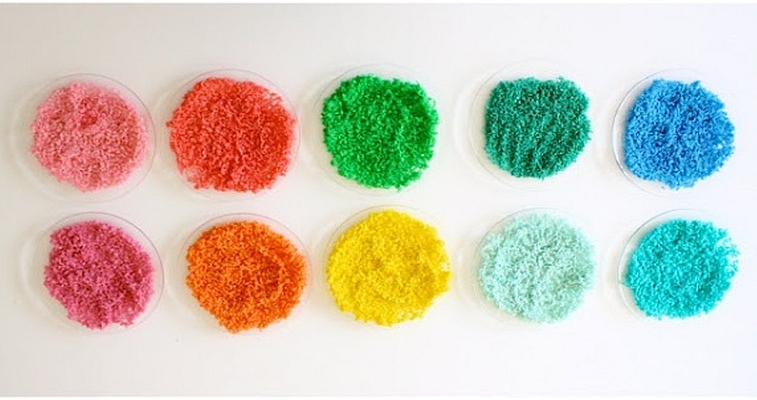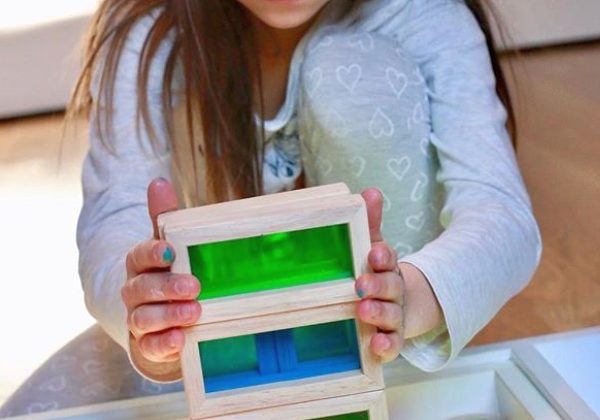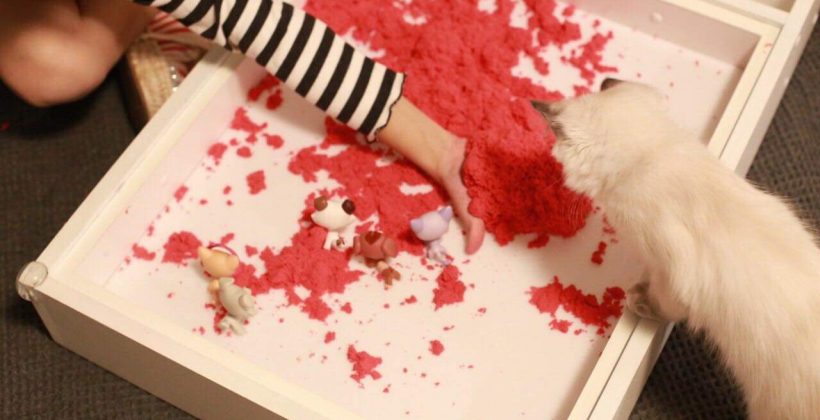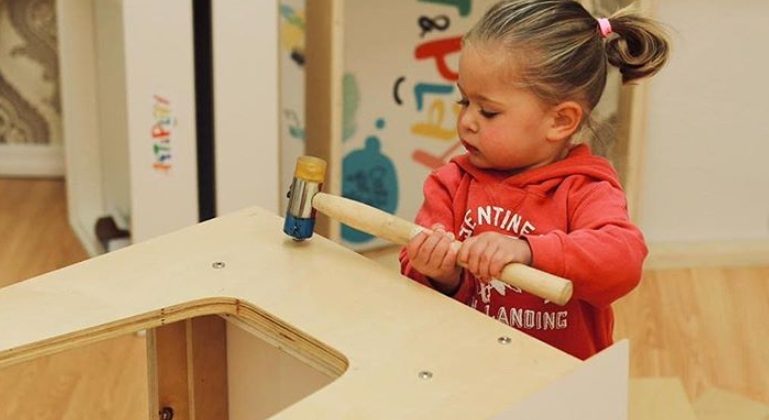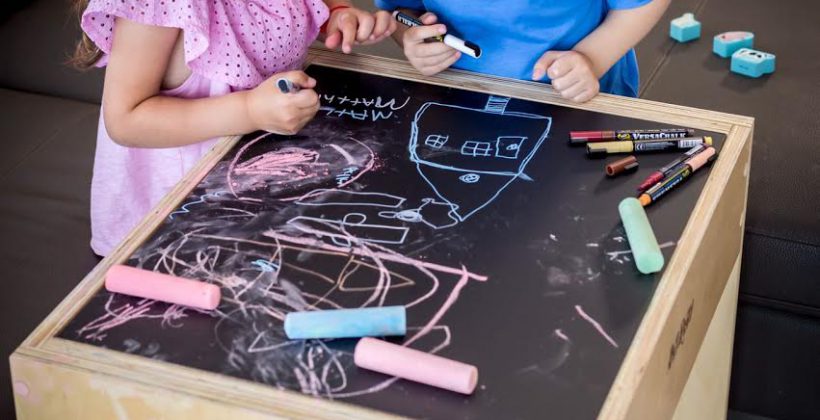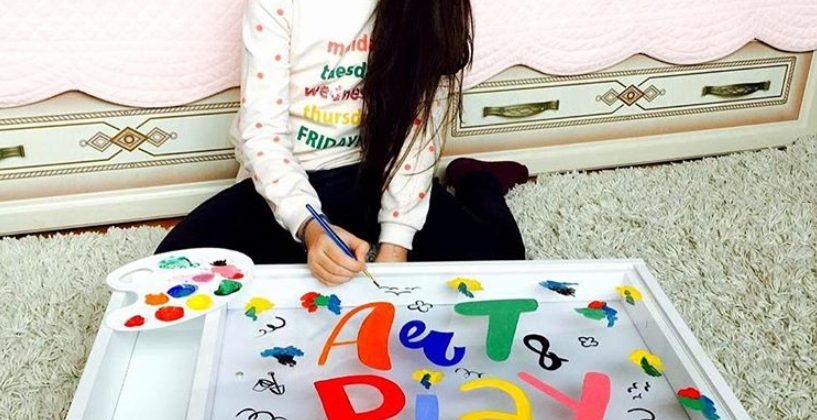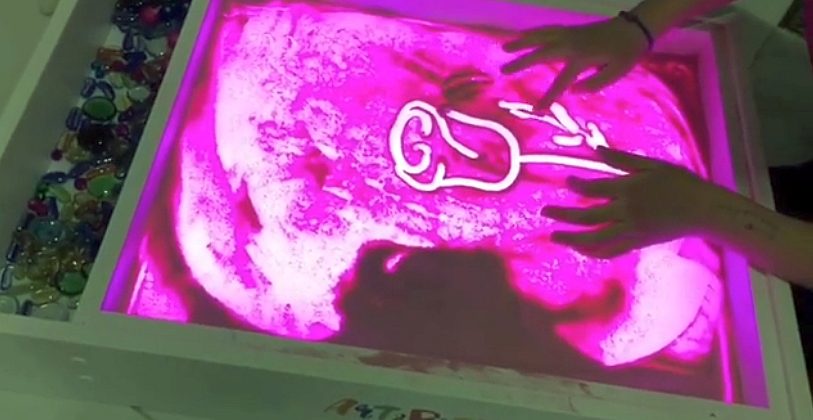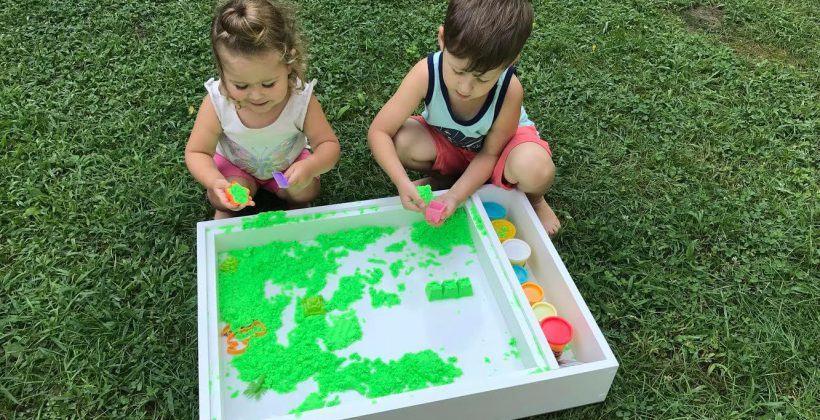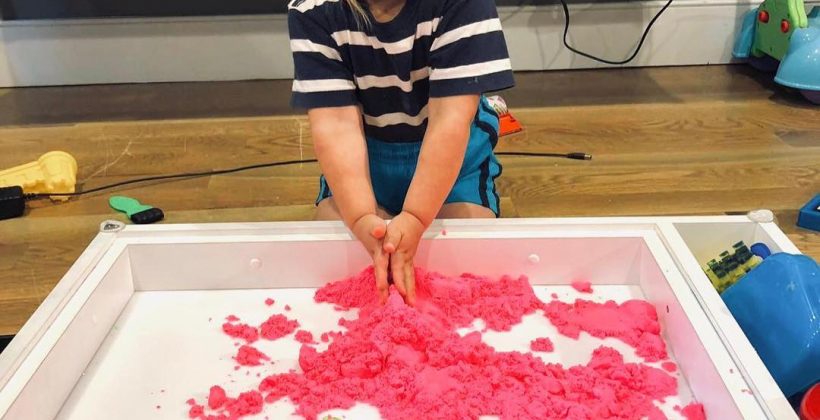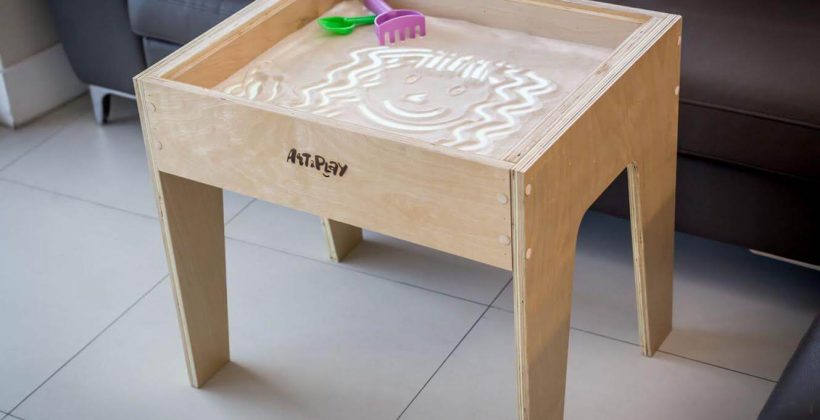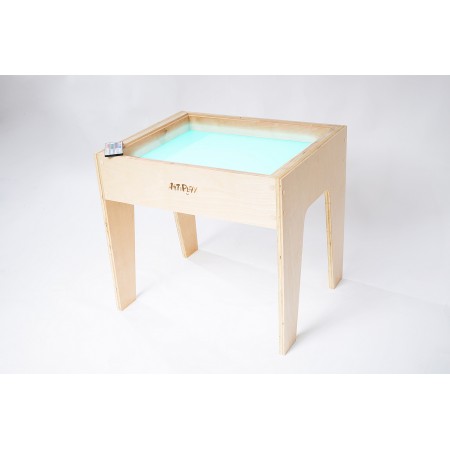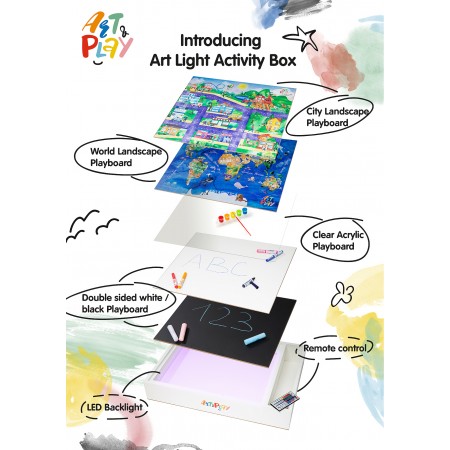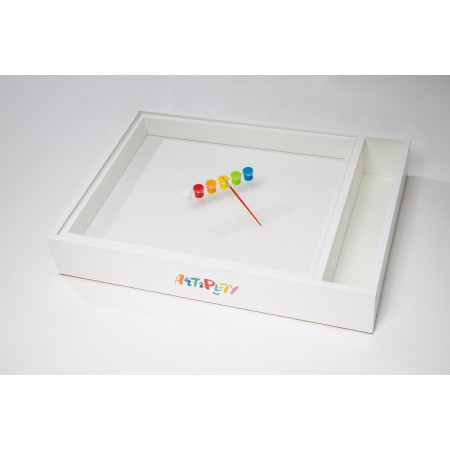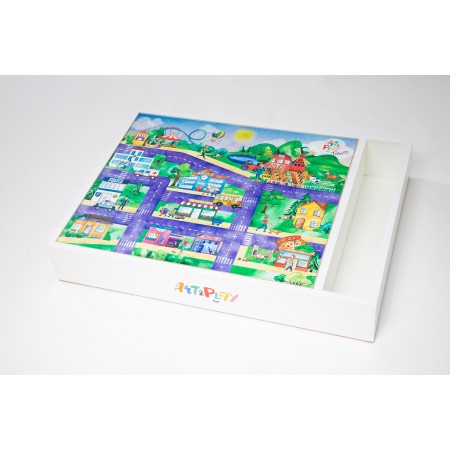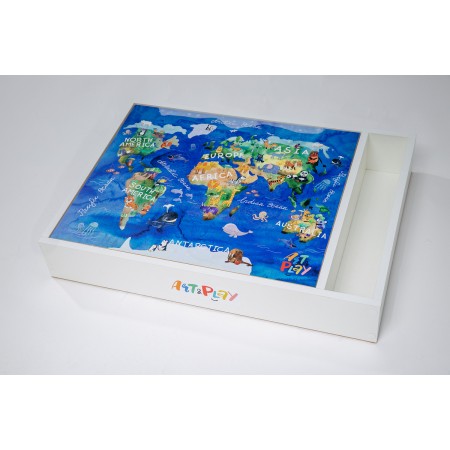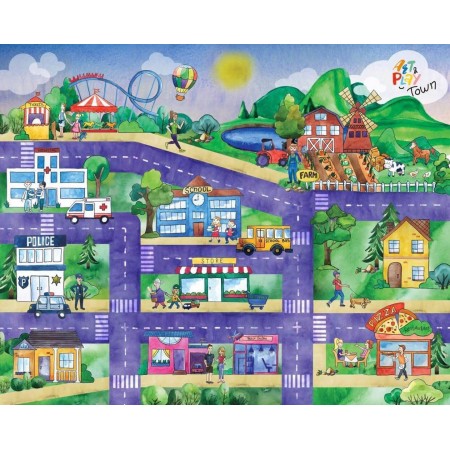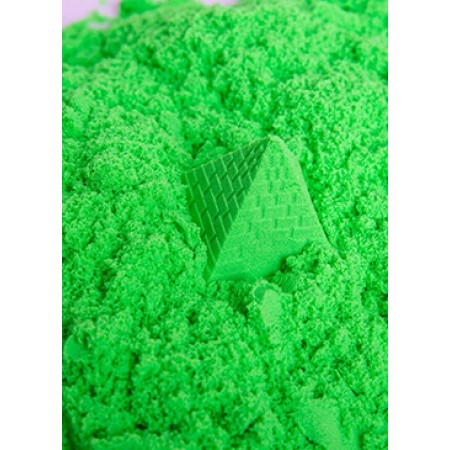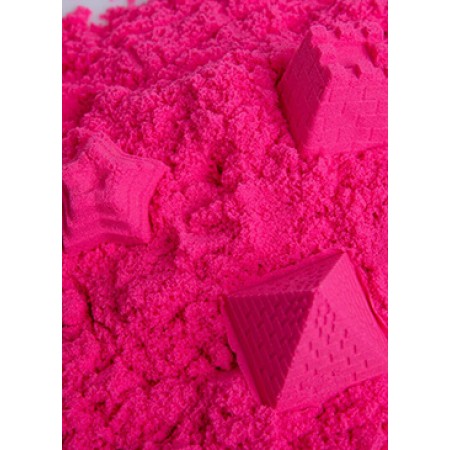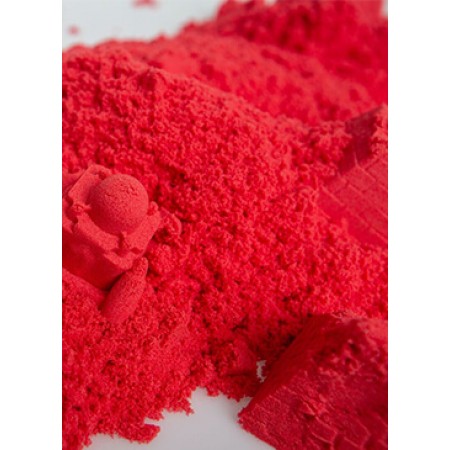KID’S ROOM INTERIOR
All parents know: a children’s room should not only be cozy and comfortable, but also safe and functional. In this article, we talk about the design features of a children’s room and share tips for decorating and selecting furniture.
General rules for creating an interior in a kid’s room.
* First of all, take into account the rapid changes in kid’s preferences and leave room for further maneuvers in the future – the interior of the baby’s room will be different from the student’s room.
* Do not place small rugs on the floor – they are easy to slip and fall on
* Try to reduce the number of sharp corners;
* Do not clutter up the space;
* Avoid decorating walls with massive paintings, mirrors and other interior items.
Lighting
Think carefully about lighting, both natural and artificial – it should be enough for the entire room.
Choose curtains that are not too dense – the fabric should transmit sunlight well. For evening lighting, a ceiling lamp with soft light, a night light and a table lamp for evening reading are optimal.
Space and Furniture
Do not overload the room: everything should be simple and clear. It is better for an active kid to leave more space for movement, and the student will eventually need new things, which will also need to be stored somewhere. Pay attention to the fold-out couches for children – they not only save valuable centimeters in the room, but are also equipped with comfortable sleeping places.
Furniture for a kid’s room should be not only bright and beautiful, but also comfortable and safe: large free-standing wardrobes, dressers and other items with legs should be stable, and chairs should be soft and ergonomic. It is advisable to choose a bed or a fold-out couch with an orthopedic base.
Boy or girl – differences in the interior
It is not at all necessary to paint the walls blue, put a sofa with cars in a boy’s room and decorate everything with ruffles, or to choose wallpaper with princesses in a girl’s room – modern interiors have long since moved away from these stereotypes.
And although the design of a boy’s room assumes neutral cold tones, the palette is not limited to blue and blue shades. A moderate combination of “cold” and “warm” will make the room much more comfortable.
In the design of a children’s room for a girl, not only pink and white colors can be used, but also turquoise, purple, brown, blue and others.
One room for two
It is better to start the design of a kid’s room for two children of different sexes with zoning: divide the space for relaxation from the space for classes. A loft bed would be a good option – two of these beds can be placed on different sides of the room with a desk below the upper tier for each child.
In a narrow room for two children, you can place two beds along one wall, dividing them with a nightstand or other piece of furniture, and on the other side put the large common desk.
A room for two boys or two girls is decorated in the same style.
The child should feel comfortable in his/ her room. Therefore, it’s design depends not only on your vision, but also on his personal preferences.
Our Art Light Activity Table/ Box will fit into any interior and will become an irreplaceable tool in the development of a child.
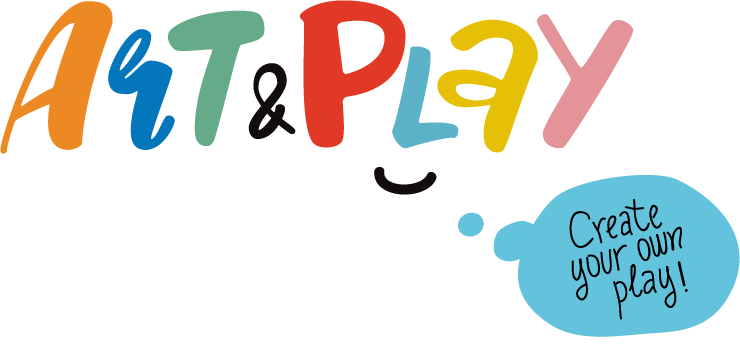
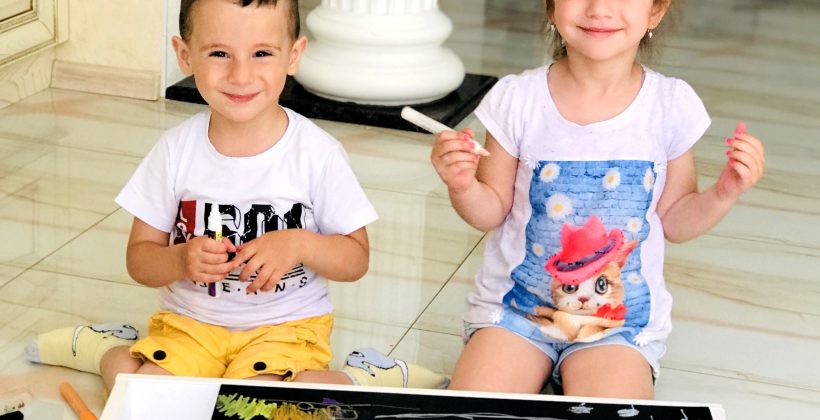
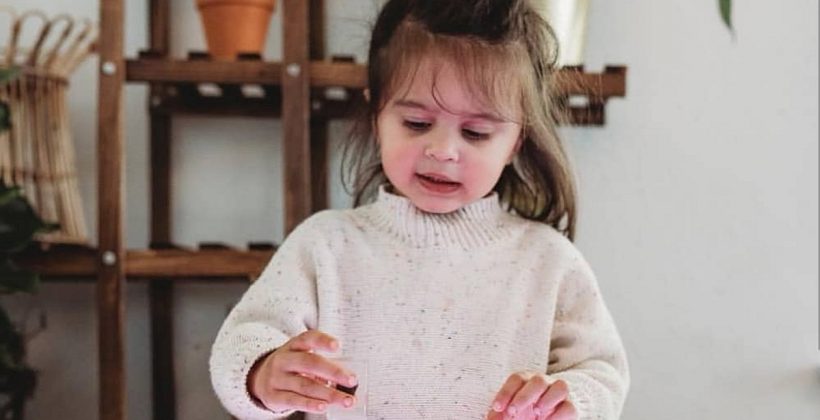
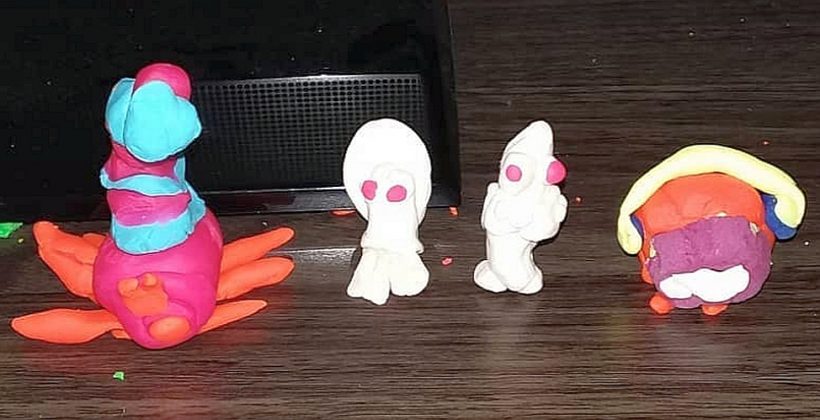
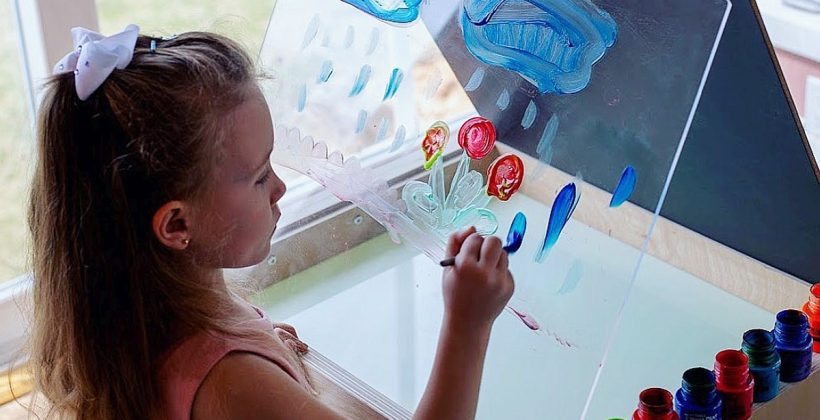

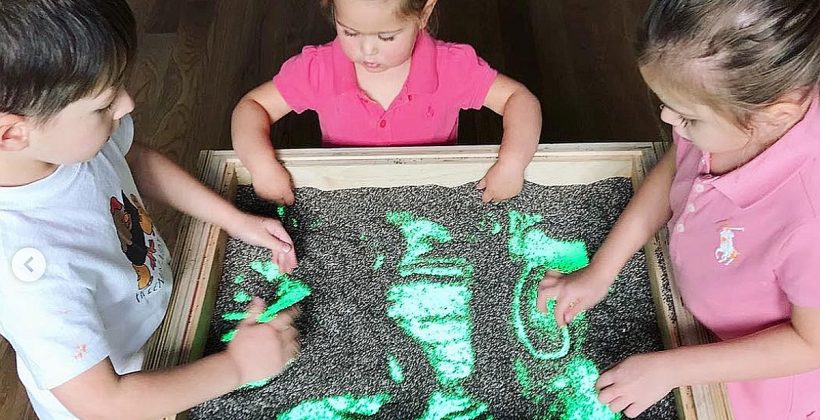
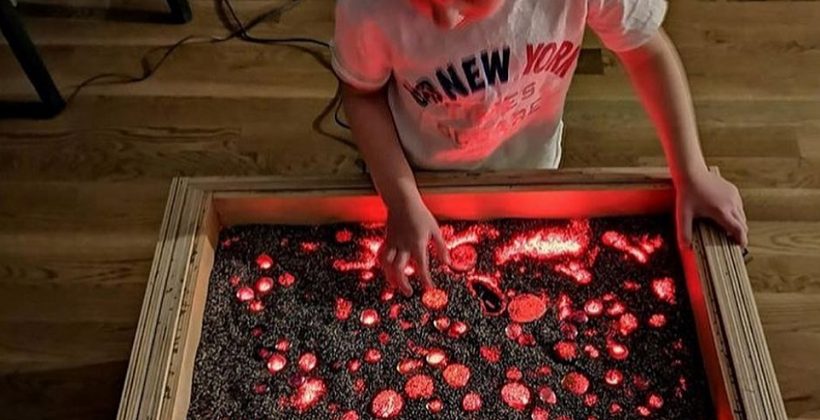
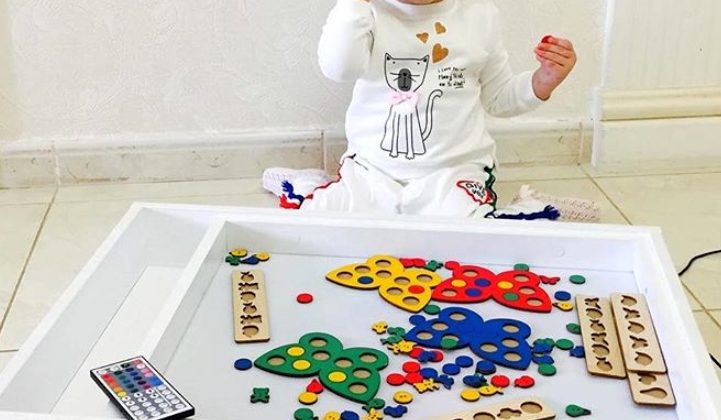
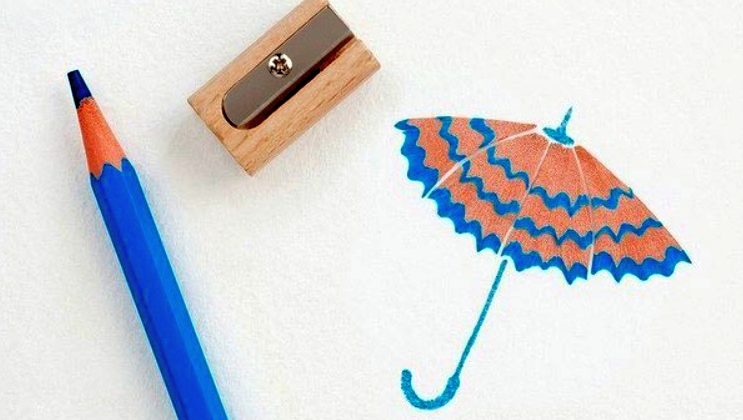

 Marble painting, suitable for both people with expressive character and calm person – everyone can find something for themselves in it. Perhaps the only category that should not enjoy ebru art is people with a pattern of thinking, accustomed to acting according to a predetermined plan and getting the expected results.
Marble painting, suitable for both people with expressive character and calm person – everyone can find something for themselves in it. Perhaps the only category that should not enjoy ebru art is people with a pattern of thinking, accustomed to acting according to a predetermined plan and getting the expected results.


